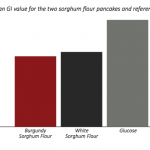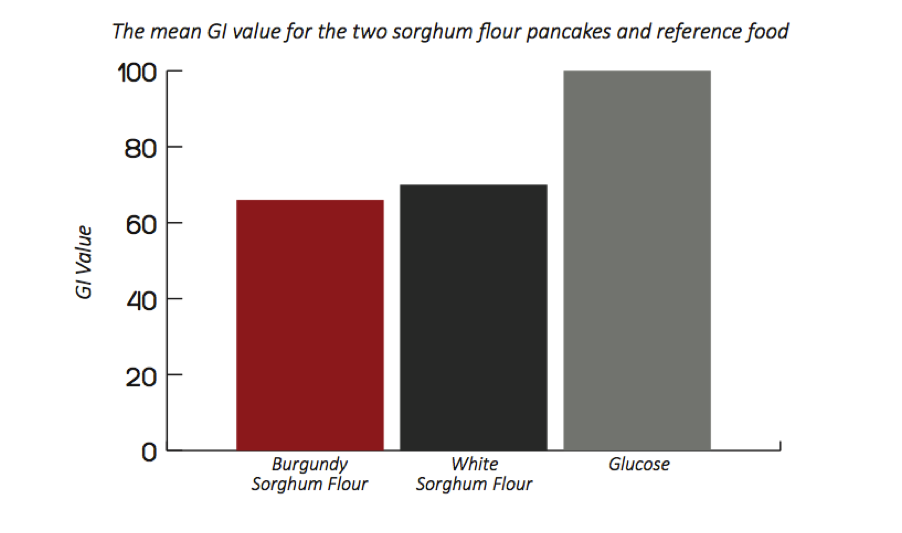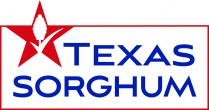
Swine and Poultry nutritionist from Kansas State University answer questions regarding feeding US grain sorghum at a conference in Nanning, China.
China Begins to Dominate Market – TGSB, in conjunction with the United Sorghum Checkoff Program (USCP) and the US Grain Council (USGC), recently held nutritional and logistical/informational meetings regarding US grain sorghum in three cities in China; Shanghai, Nanning and Guangzhou. “While most end-users in China understand the nutritive values of sorghum many companies that source US sorghum still don’t understand growing regions and harvest dates as well as purchasing opportunities in the market”, stated Wayne Cleveland, ED- TGSP. While in China the group held two conferences that were “standing room only” with approximately 200 people attending each conference. The group, hosted by USGC, also called on merchants and feed mill operators to ensure a consistent flow of information reaches this new market. China continues to purchase grain sorghum from the US with totals nearing 6 mmt or 235 million bushels for the current marketing year. Total grain production in the United States for the 2014 marketing year was 420 million bushels.

Pictured with Wayne Cleveland are Doug Bice, USCP Marketing Director and Henry Wu, Owner of Concordia Trading of Shanghai. Mr. Woo was the first Chinese buyer to import grain sorghum in 2013 and continues to be a consistent purchaser.
SivantoTM Insecticide Registration – On January 20, Bayer CropScience announced that SivantoTM insecticide received registration from the U.S. Environmental Protection Agency (EPA) and will be available for the 2015 growing season. Sivanto targets key damaging pests at multiple insect life stages to prevent damage to plants and help minimize the spread of diseases from insect carriers. With flexible application timings and compatibility with many beneficial insects and predatory mites, Sivanto works to preserve the overall health of plants. Sivanto provides excellent control of aphids, including the sugarcane aphid, which has been found in high populations in recent years. Sivanto is the first member of a new chemical class of insecticides, the Butenolides (newly created IRAC subgroup 4D) and has shown excellent control of neonicotinoid-resistant aphids and whiteflies in U.S. field trials. It is registered on a broad range of horticulture crops and most broad-acre crops, including citrus, pome fruit, grapes, bush berries, tree nuts (not including almonds), potatoes, vegetables, alfalfa, cotton, sorghum and several specialty crops (such as blueberry and clover from IR-4), which allows for inclusive and flexible crop rotation programs. Sivanto can be applied as a foliar spray or as a soil drench, shank or drip application, depending on the crop, allowing growers maximum flexibility with their crop protection tools.
USDA NRCS Accepting Applications for CSP – The United States Department of Ag (USDA) National Resource and Conservation Service (NRCS) recently announced it is accepting applications for their Conservation Stewardship Program (CSP). The program will have $100 million available this year. Applications are accepted all year; however, farmers and ranchers should submit applications by Feb. 27, 2015 to ensure they are considered for this year’s funding (applications received after that date will be considered for future funding). This year’s investment may result in the enrollment of up to 7.7 million acres in the program by private landowners. Through CSP, participants take additional conservation steps to improve the resource conditions on their land, including soil, air and habitat quality, water quality and quantity, and energy conservation. CSP will also help broaden the impacts of NRCS’ Landscape Conservation Initiatives through a new pilot effort, which accelerates private lands conservation activities to address particular goals, such as creating habitat for at-risk species and conserving and cleaning water. They include the following initiatives – the Lesser Prairie-Chicken, the Ogallala Aquifer, and the Longleaf Pine – all of which are available in Texas. Applications should be submitted to your local NRCS offices and may find a CSP self-screening checklist by clicking here to help producers determine eligibility, ranking and payments.
WASDE Report Indicates Sorghum Demand – According to the latest WASDE report, the 2014/15 sorghum yield was raised to 67.6 bushels per acre and harvested acres were raised to 6.4 million. This resulted in an increase in production of 25 million bushels, to 433 million. Other 2014/15 U.S. feed grain changes reflect the continued strong pace of sorghum export sales and shipments to China and changes in feed and residual disappearance as indicated by the December 1 stocks. Exports were raised to 40 million bushels to 270 million, and the farm price was raised to $3.80. This is 104 percent of the farm price of corn, which is the second-highest the ratio has been in the past 70 years.
Sorghum Glycemic Index Values – Glycemic Index (GI) values allow nutritionists, menu planners and food formulators to compare blood glucose rise after consumption of foods containing carbohydrates. Numerous factors ranging from rate of food consumption to nutrient composition of other foods eaten at the same time can affect GI. Sydney University’s Glycemic Index Research Service who maintain the world’s largest database of GI values analyzed whole grain white sorghum flour and whole grain burgundy sorghum flour and determined GI of 70 and 66 respectively. Both values were significantly different (p<0.001) from the glucose standard with a GI of 100, but were not significantly different from each other.
In this study, each of the sorghum flours were mixed with water to make a batter and subsequently pancakes were cooked for the test. No other typical pancake ingredients such as milk, fat or eggs were added. Furthermore, the total available carbohydrate amount of 50 grams used in this test is unlikely to be a serving. Since the carbohydrate affects blood glucose level, nutritionists calculate the glycemic load (GL) to accommodate for differing amounts of carbohydrates/serving. Multiplying the GI by the carbohydrates/serving and dividing by 100 yields the GL value. The GL thus takes into account the fact that people eat varying amounts of carbohydrates per serving of food. Ultimately, this study found the white whole grain sorghum flour GL is ranked high (on the med-high cusp) and the burgundy whole grain sorghum flour GL is ranked medium. The burgundy whole grain sorghum contains slightly more fiber and protein, (slightly lower carbohydrates) thus the expected lower GI and GL. However, the two whole grain sorghums flours were not statistically significantly different from each other, while both were statistically significantly lower than the glucose control (p< 0.001). Knowing which food will produce a lower blood glucose response is an important consideration for people with diabetes and those at risk of developing it. This knowledge can help you determine if sorghum is the smart choice for you and your family.












